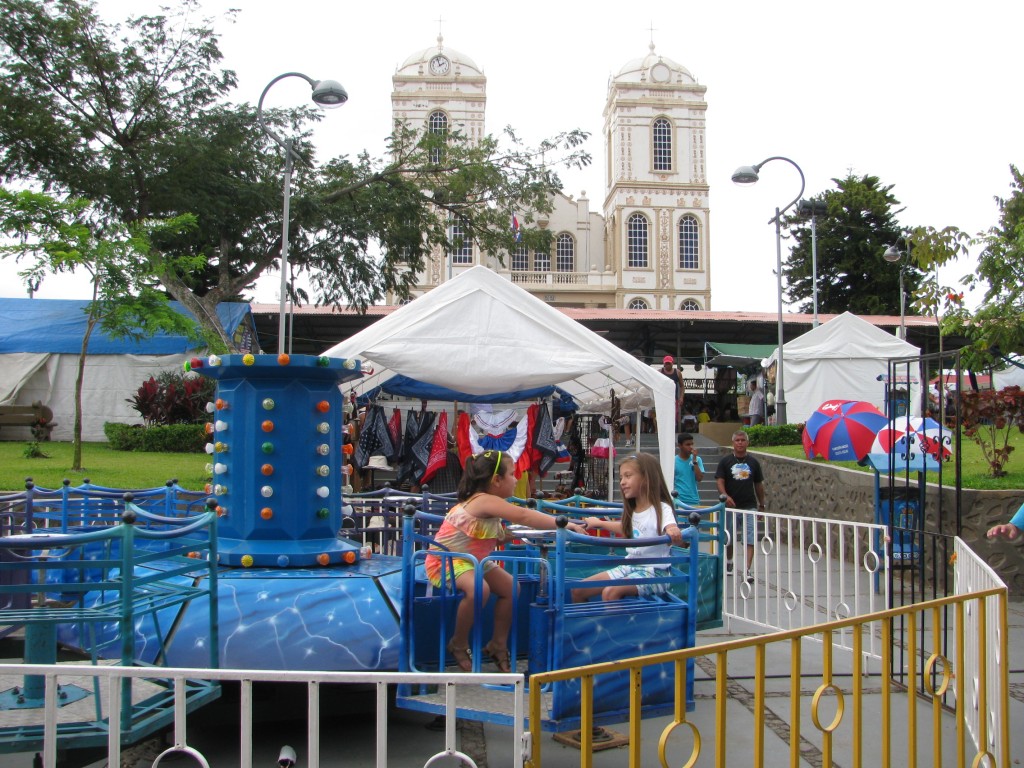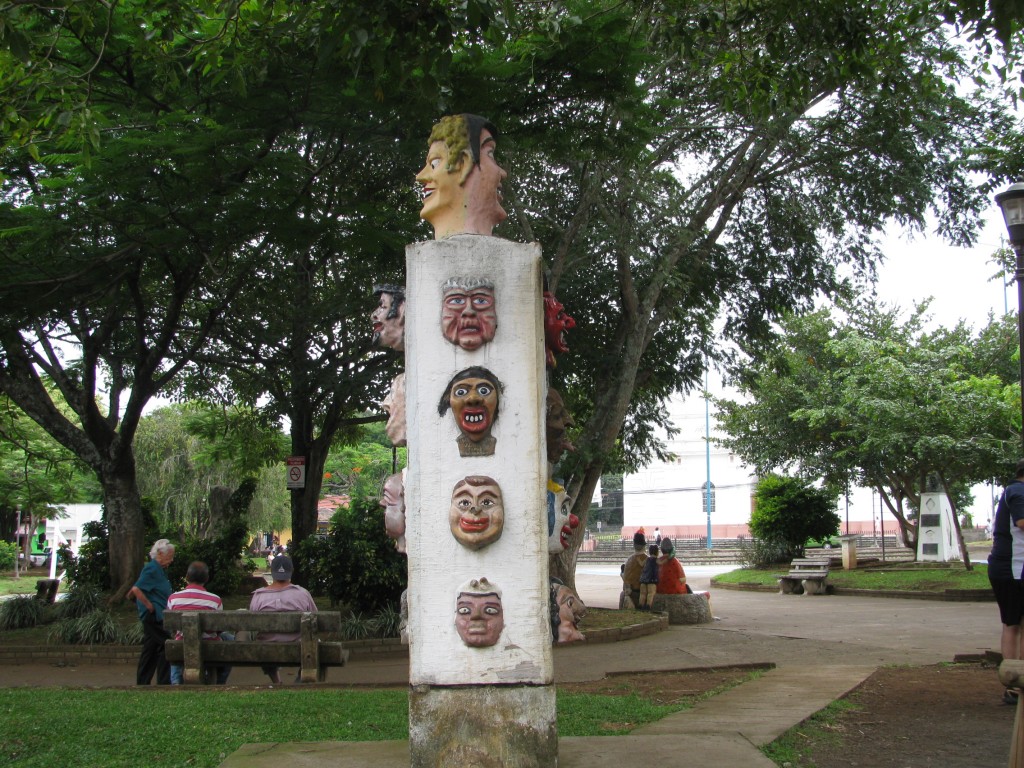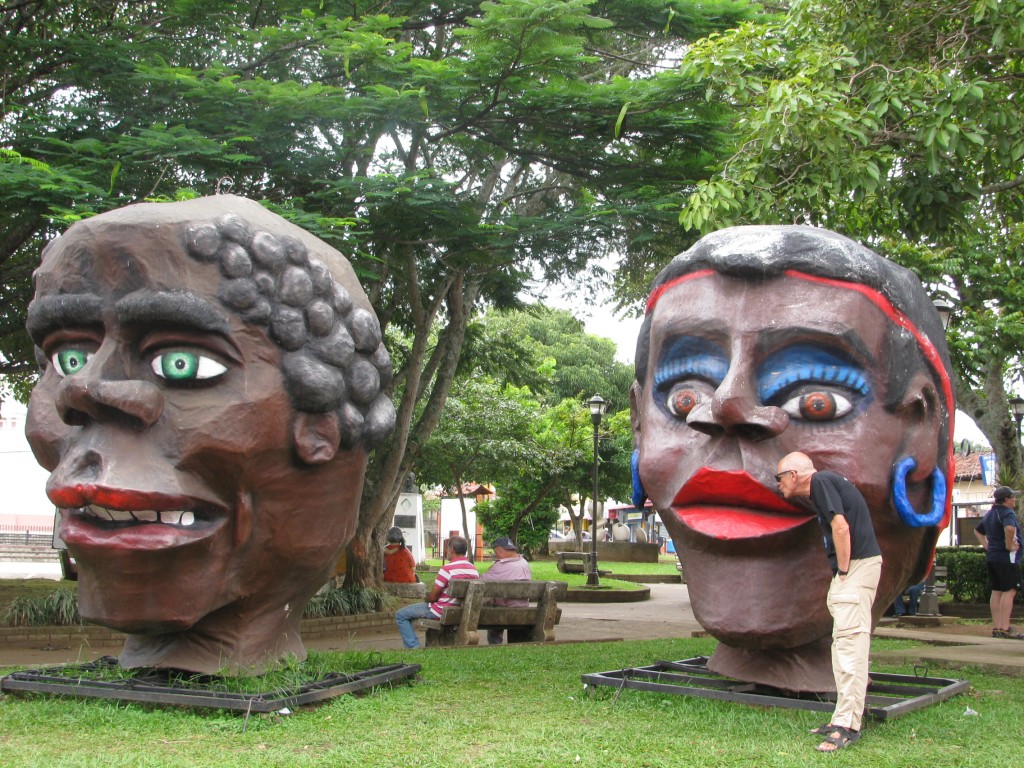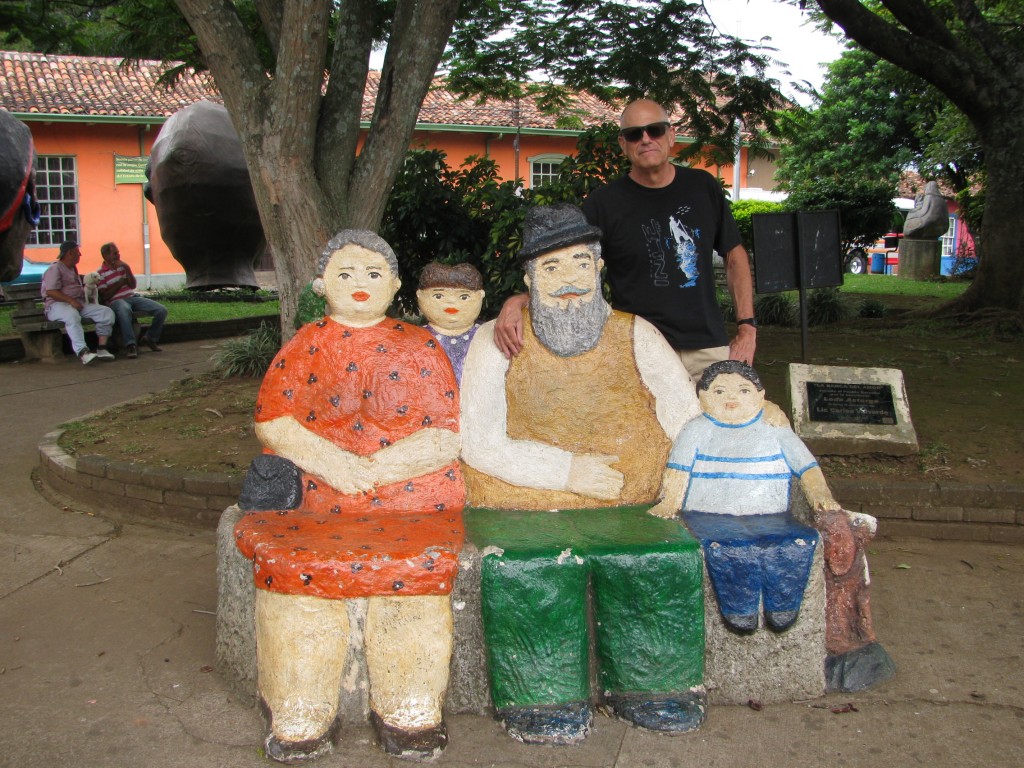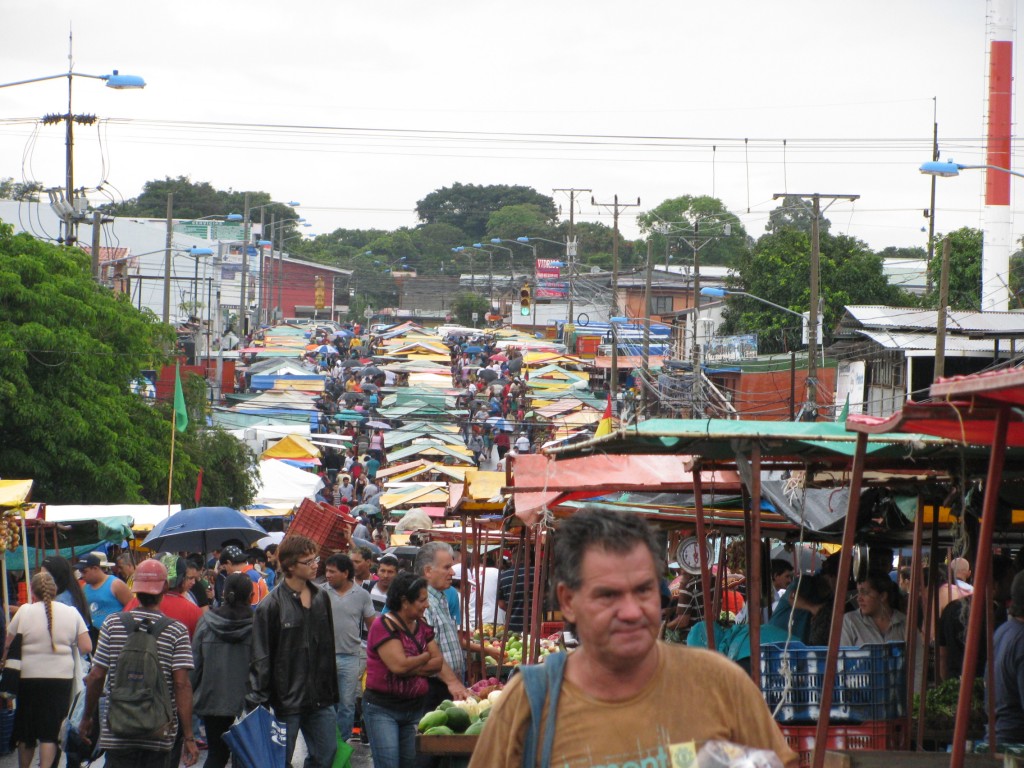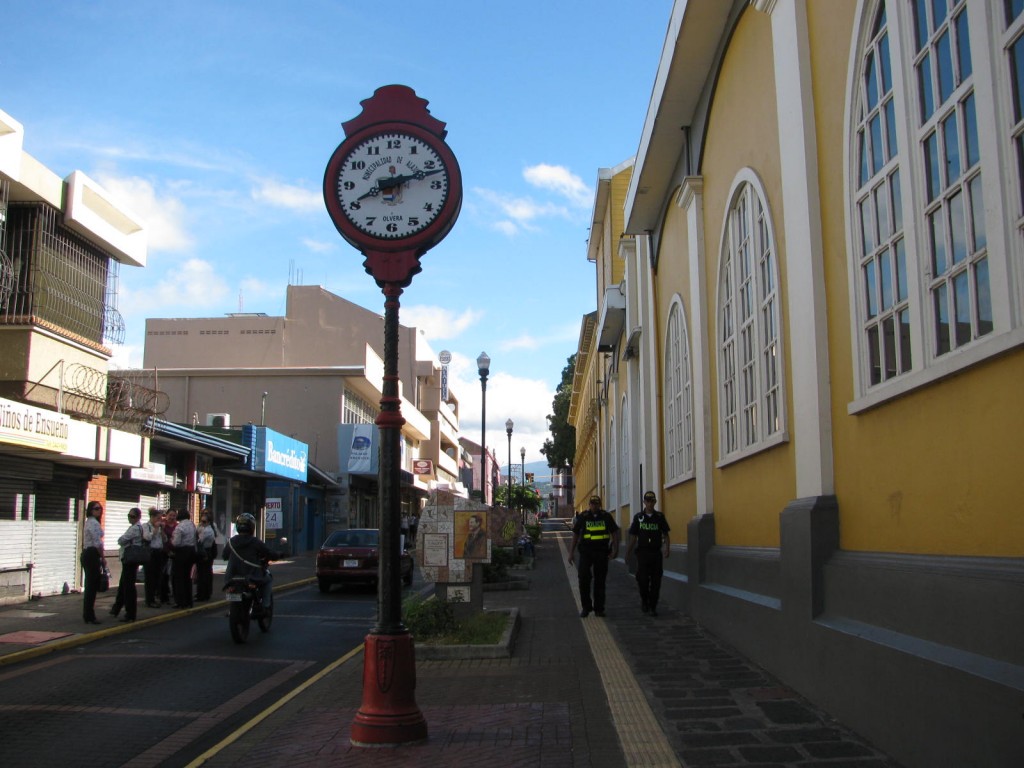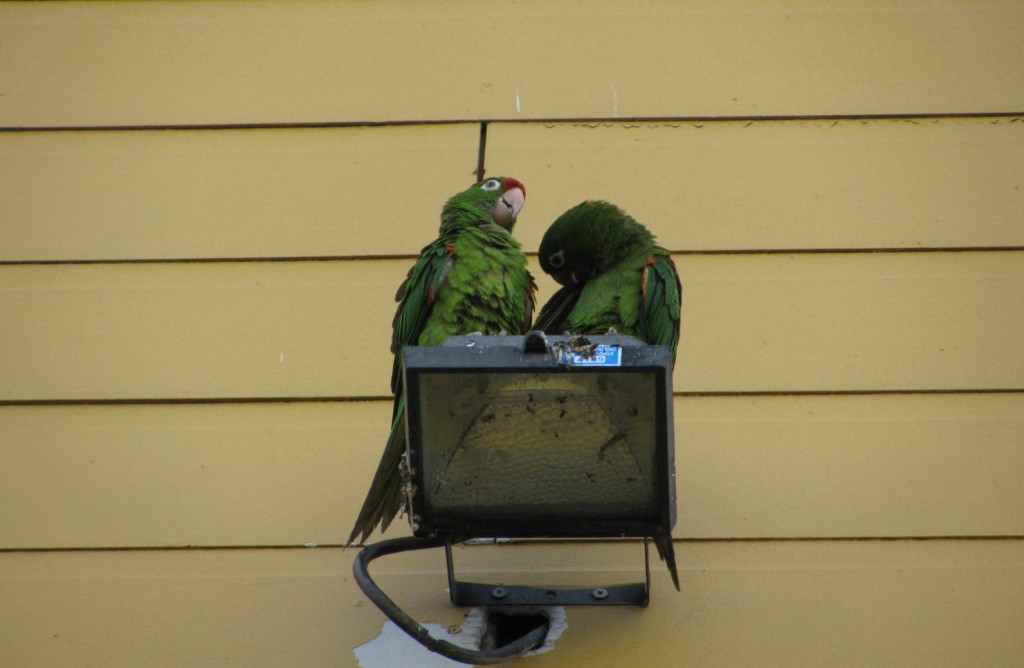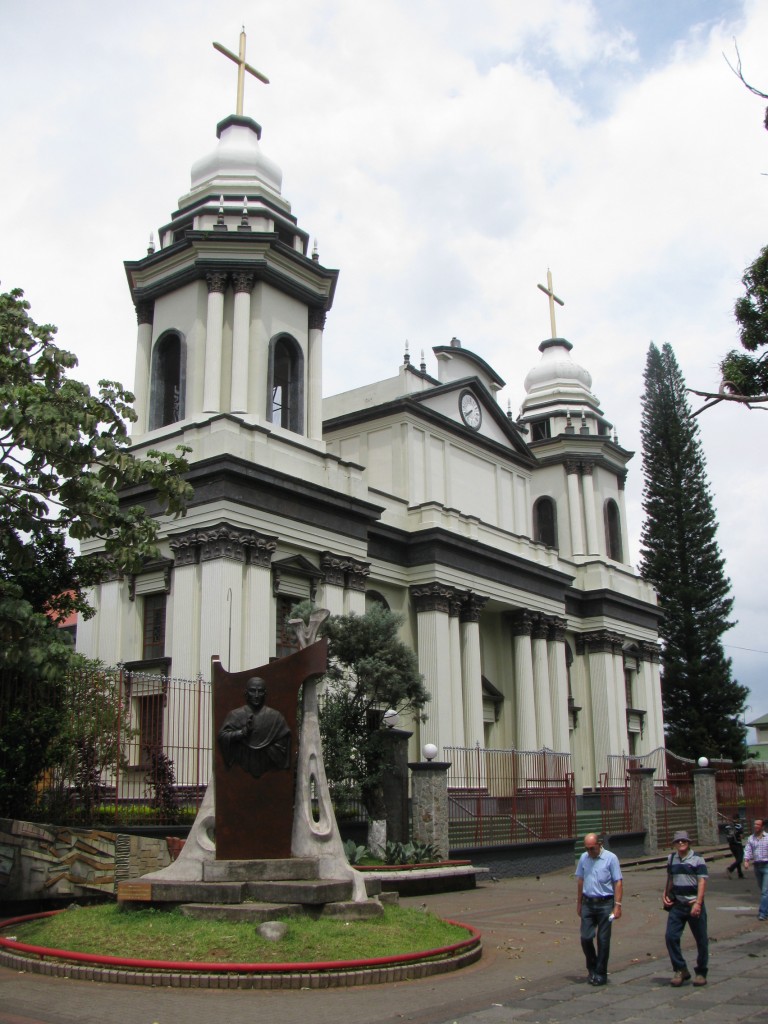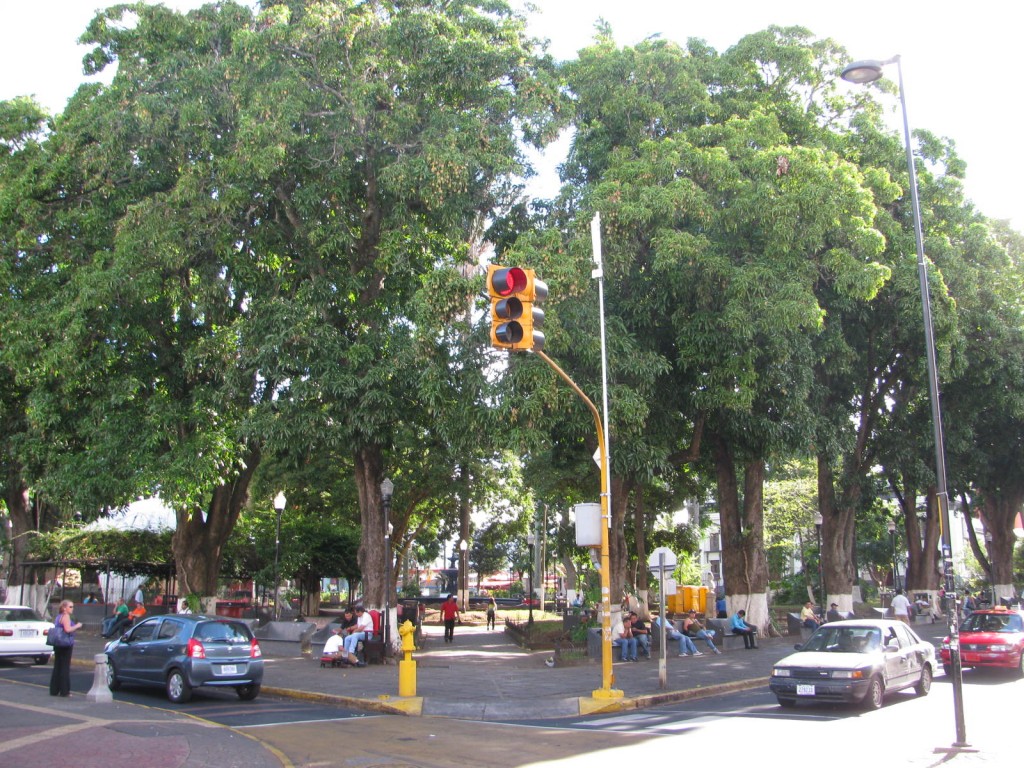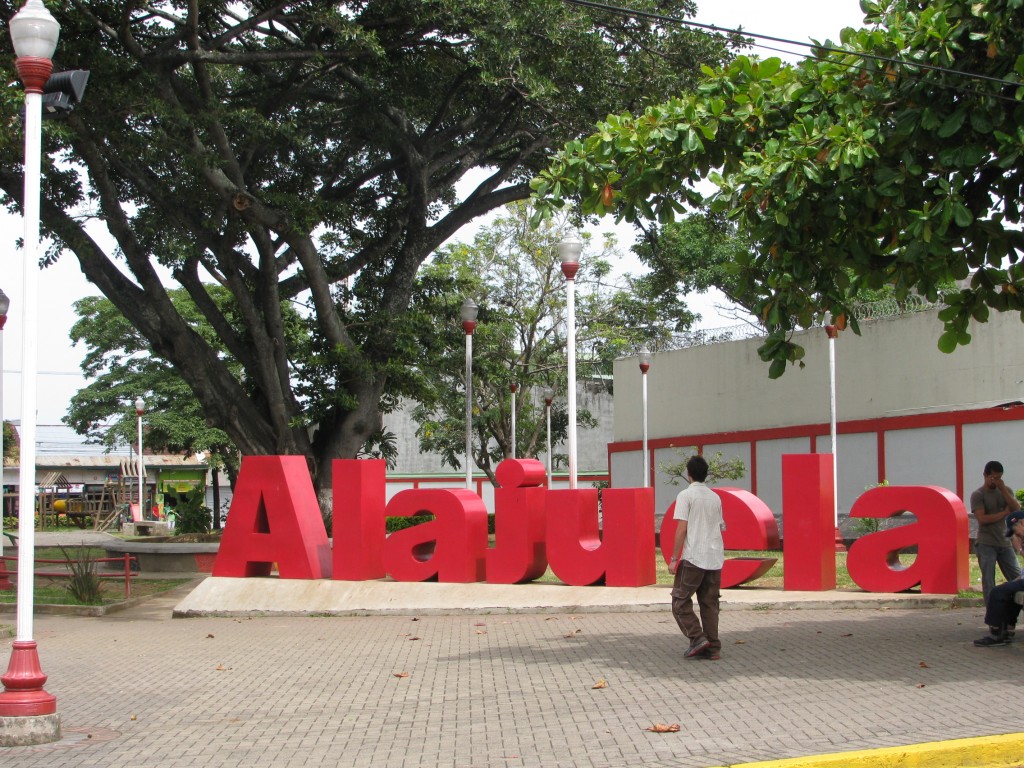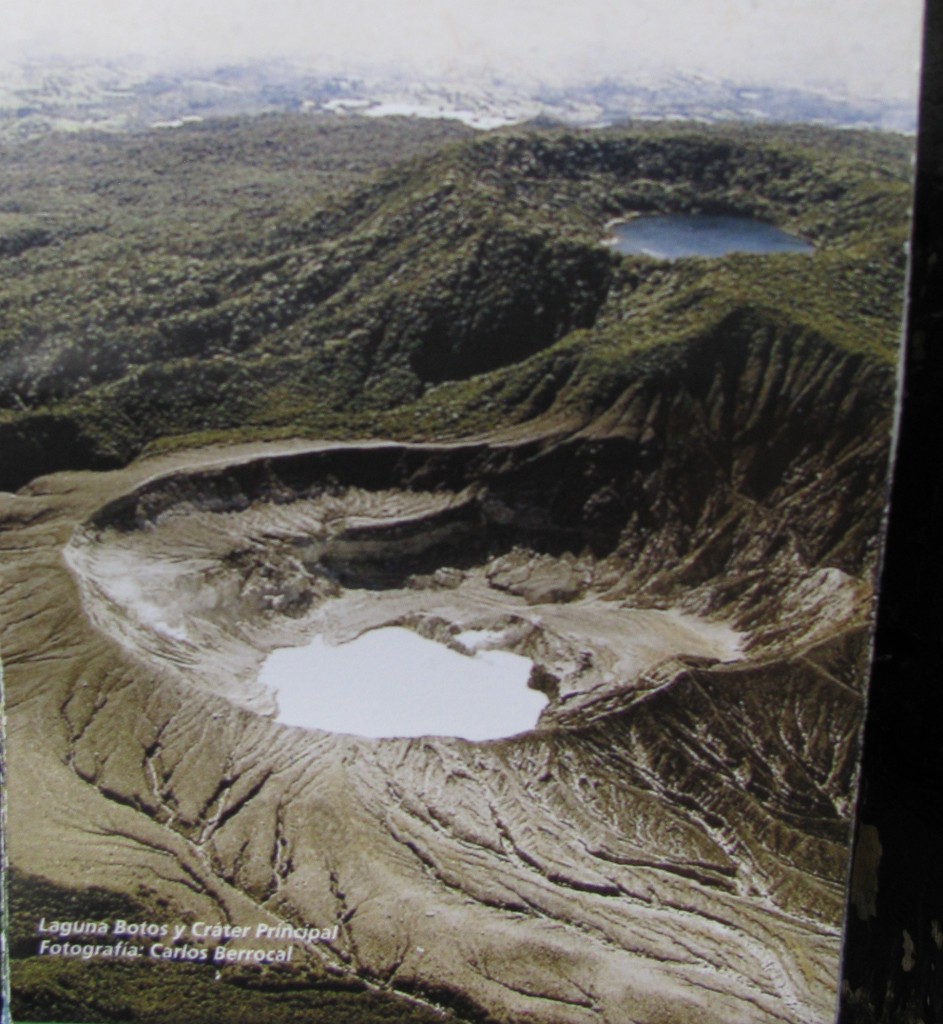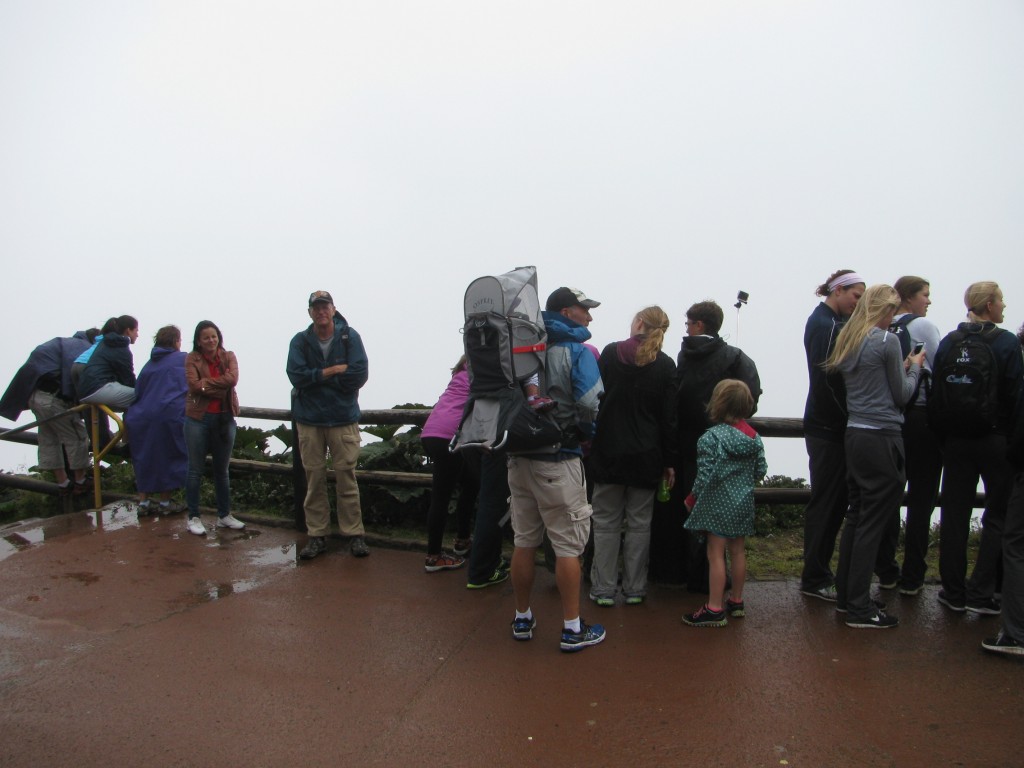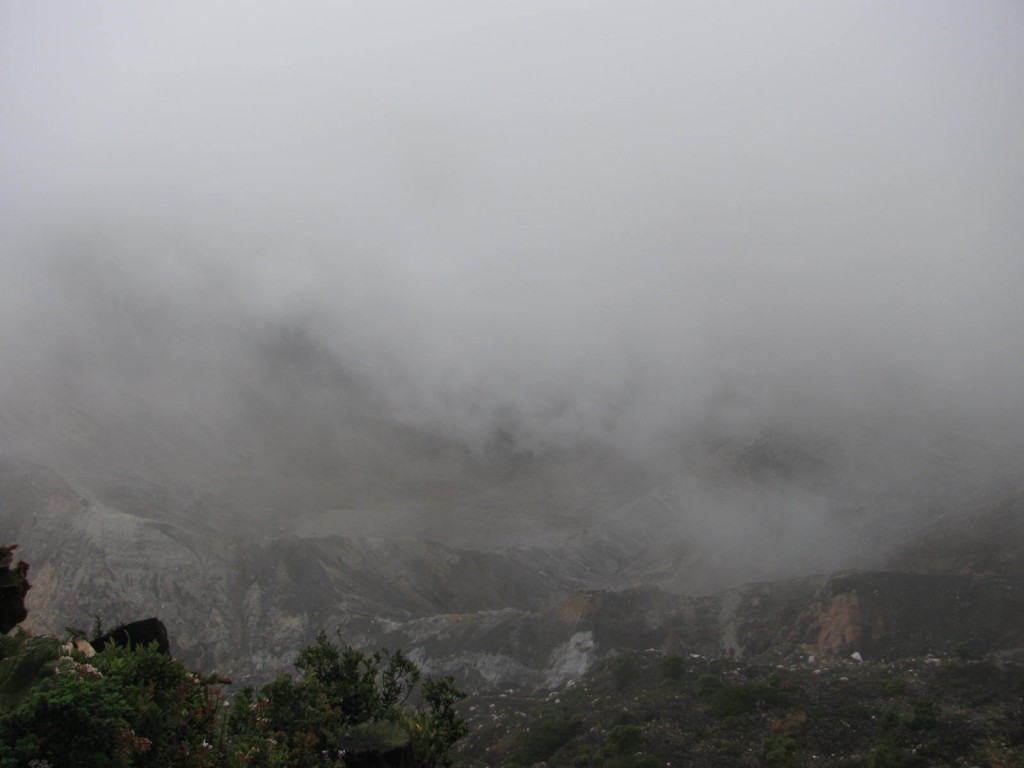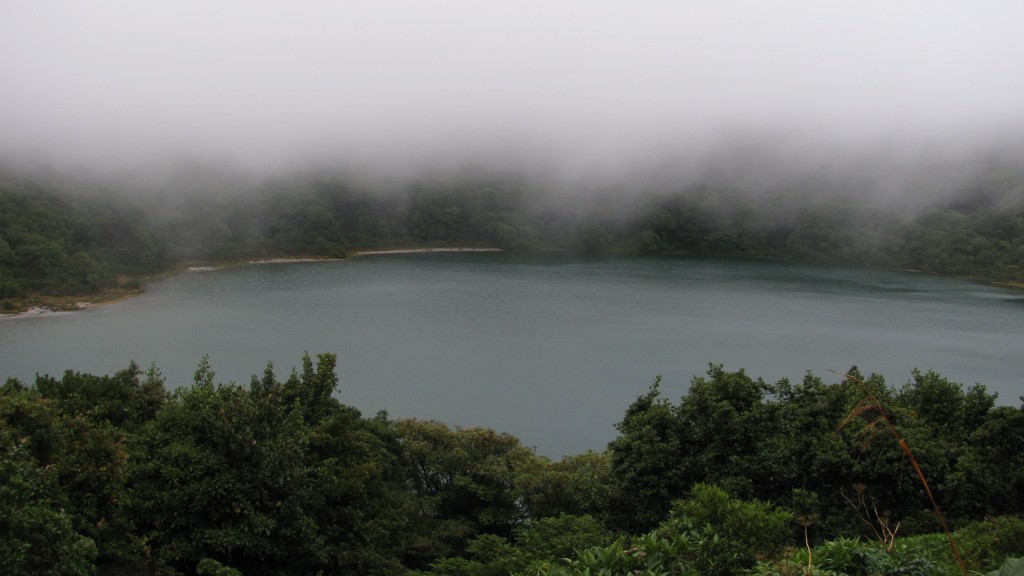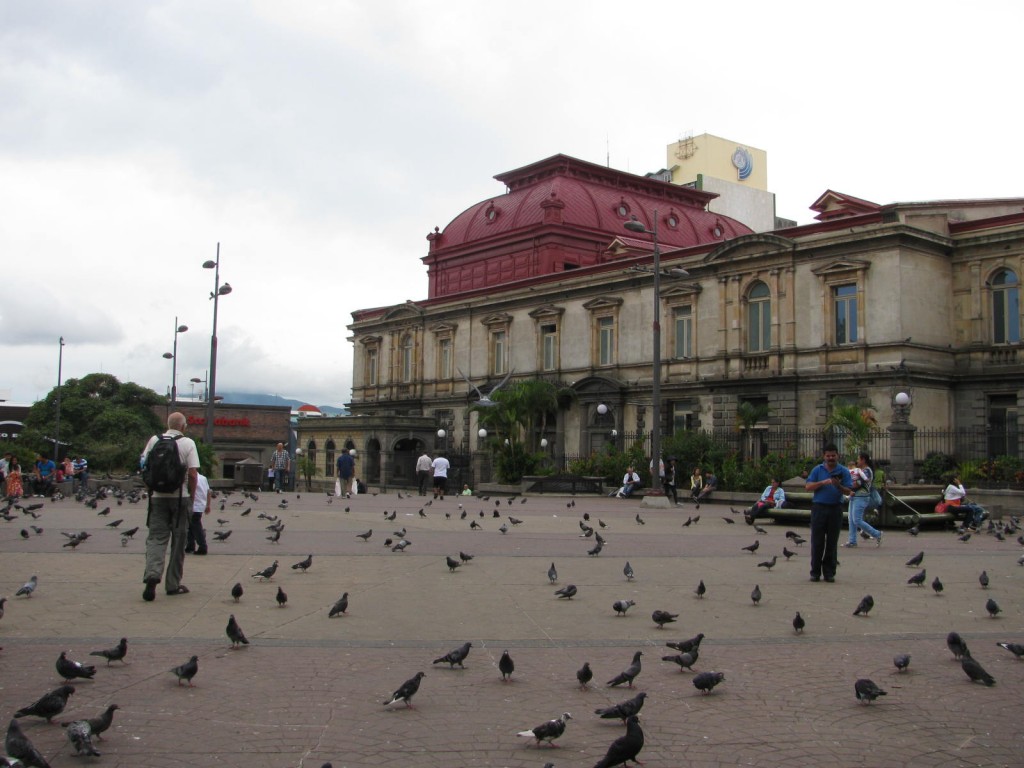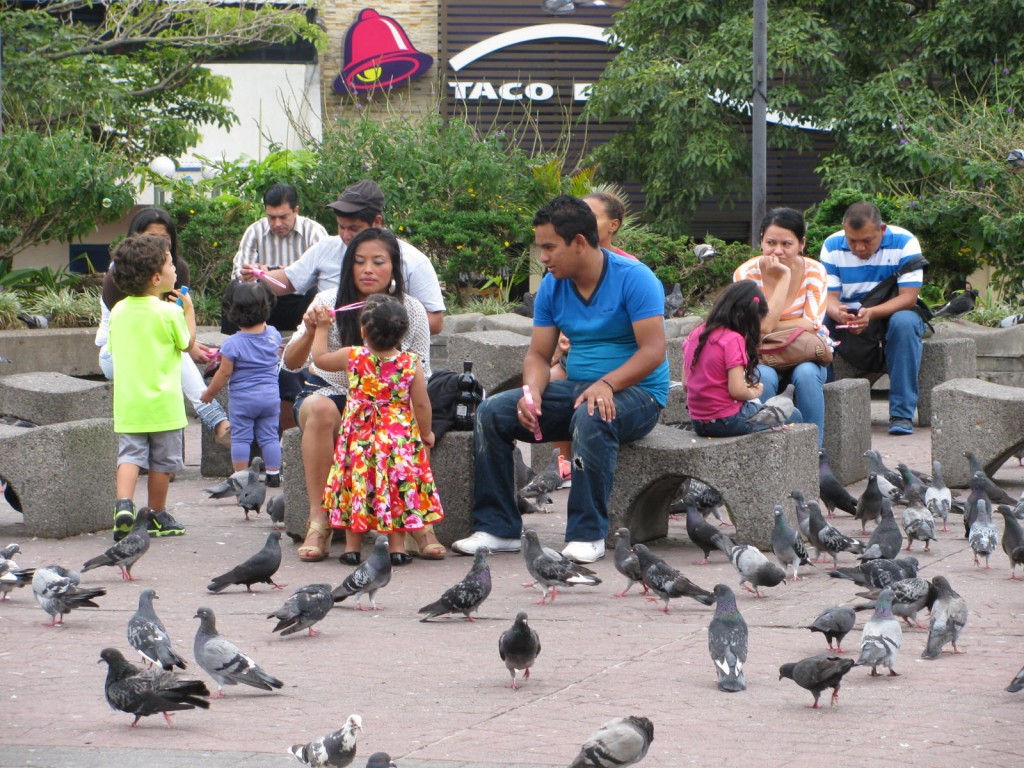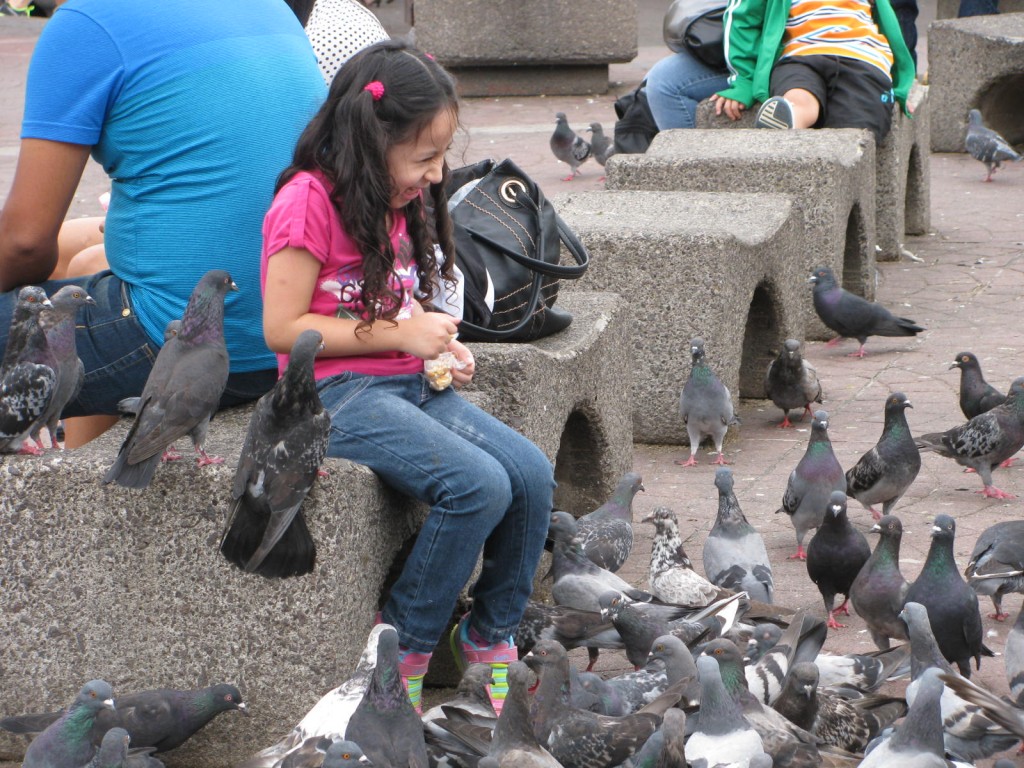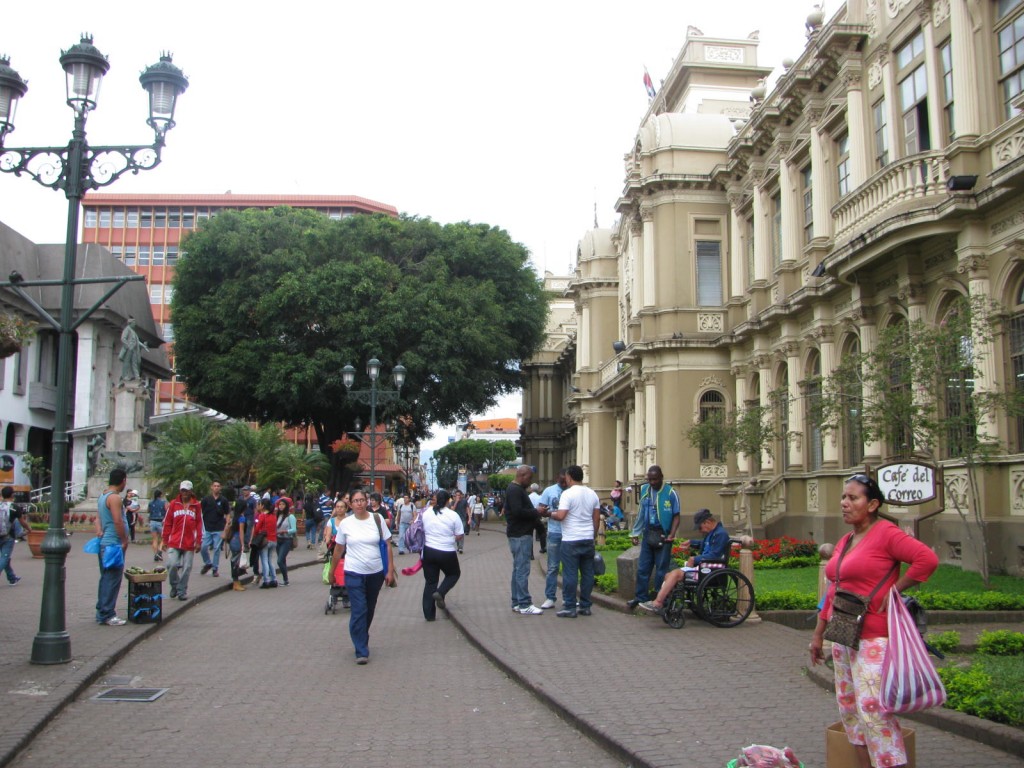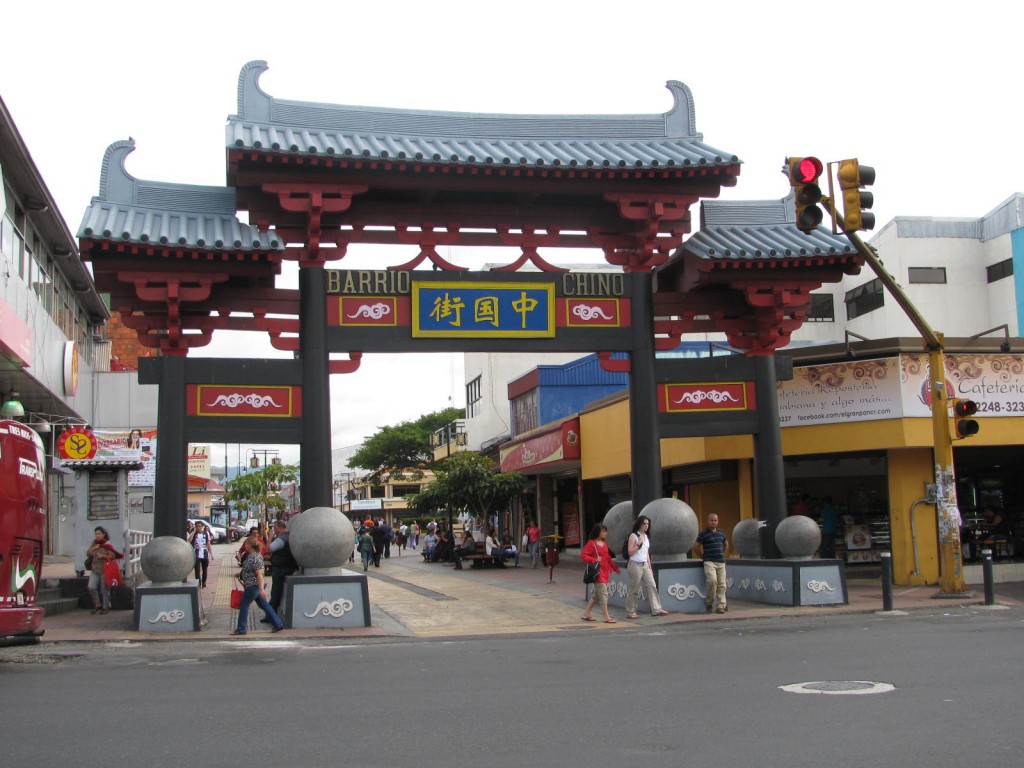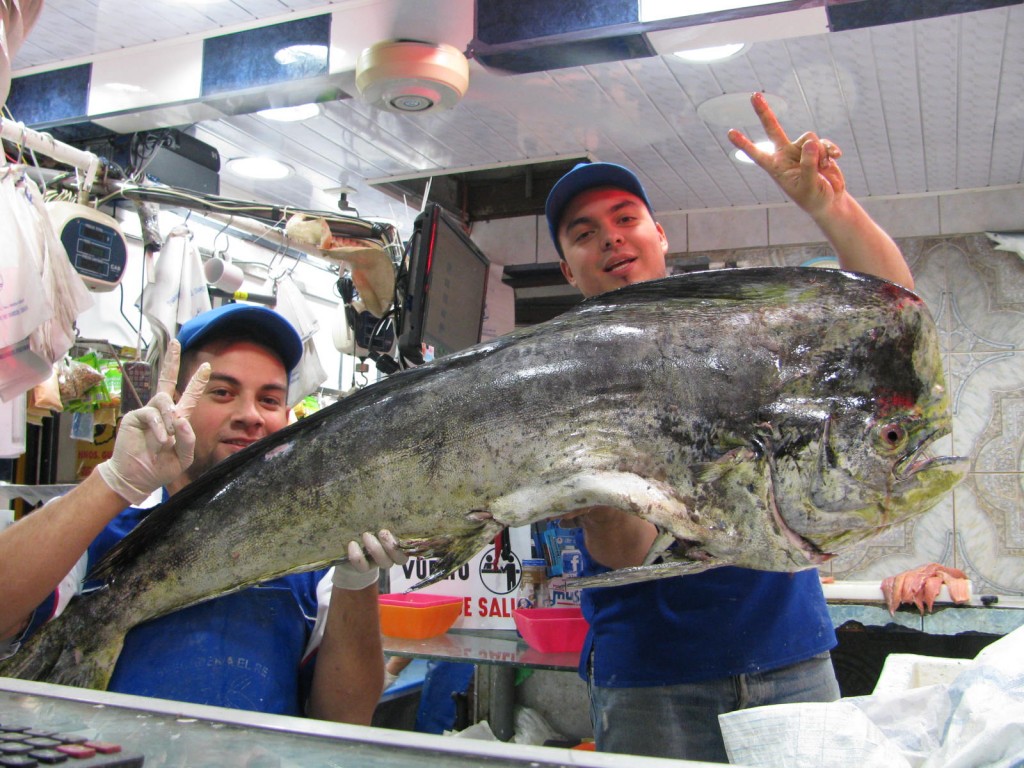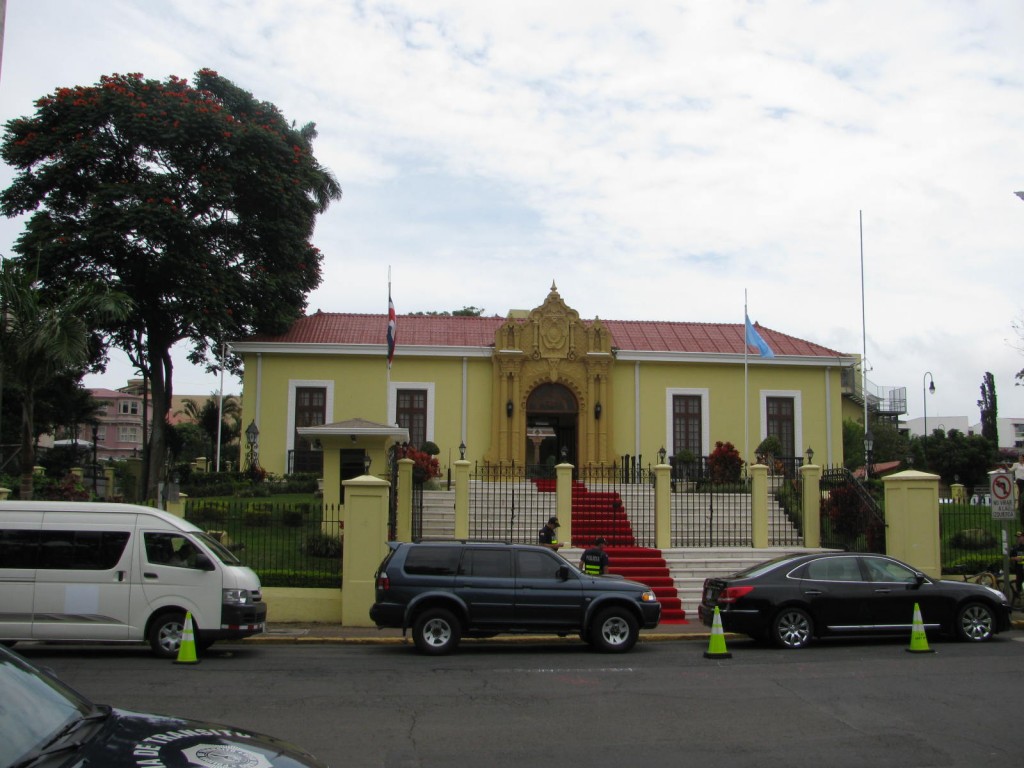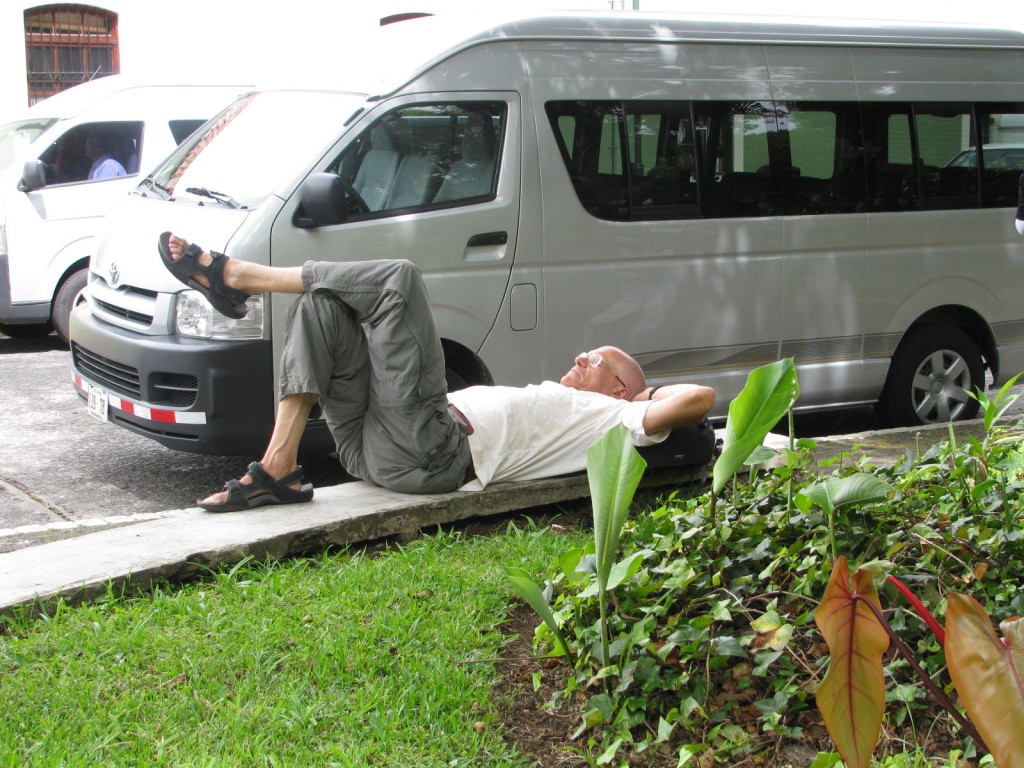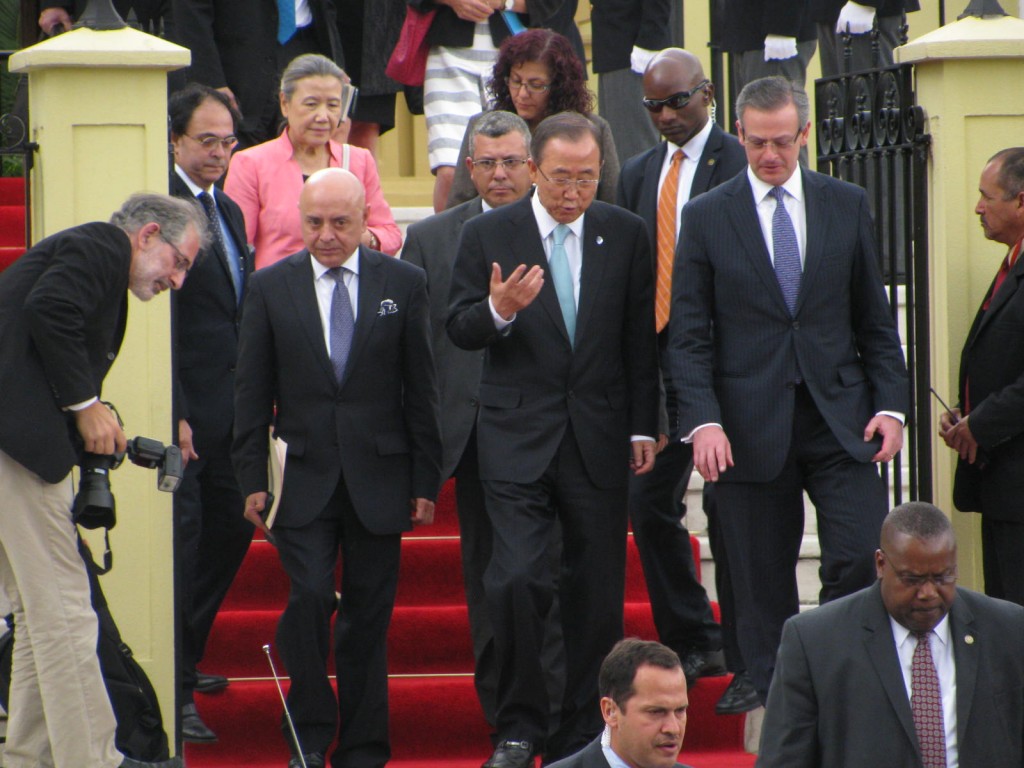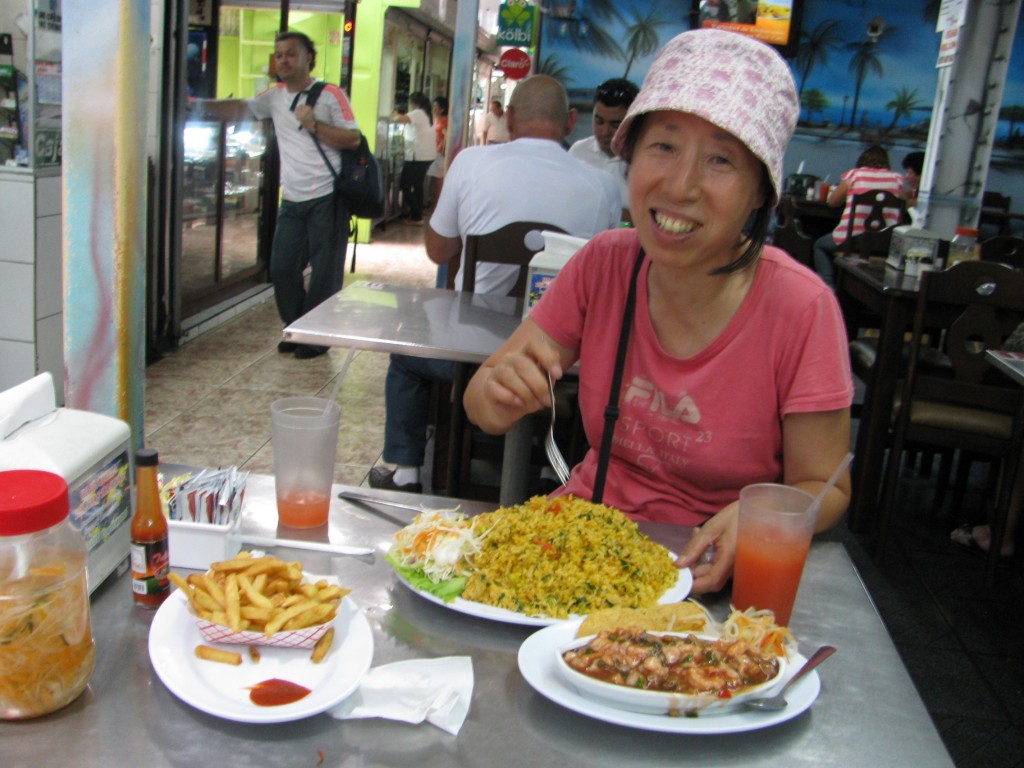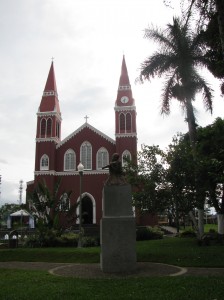 Before coming to the mostly urbanized area around the capital, San Jose (Chepe to the ticos), no place seemed like anywhere we’d like to live. Our first stops in the central valley didn’t appeal to us in that respect, either. We’d read a post on the International Living magazine website by a couple who retired on the hillside above Grecia, so we headed for Grecia. It’s a city of a few tens of thousands. For us, it was too sleepy. The church to the left is just one of many churches in town. Towns like this everywhere, including America, have no shortage of churches.
Before coming to the mostly urbanized area around the capital, San Jose (Chepe to the ticos), no place seemed like anywhere we’d like to live. Our first stops in the central valley didn’t appeal to us in that respect, either. We’d read a post on the International Living magazine website by a couple who retired on the hillside above Grecia, so we headed for Grecia. It’s a city of a few tens of thousands. For us, it was too sleepy. The church to the left is just one of many churches in town. Towns like this everywhere, including America, have no shortage of churches.
Even sleepier was Sarchi, even though it’s hyped as a center for artisans. The day we were there was a Catholic saint’s day, and there was a little life in the park in front of the church. I think that was what passed as action for Sarchi.

Oxcarts are emblematic of how ticos see their heritage. The park’s main attraction was this brightly painted, giant oxcart.
The high energy in Grecia and Sarchi was too intense for us, so we went on closer to San Jose, to Heredia. It’s a university town, sort of. There IS a university there, and a little student ghetto around it, but mostly Heredia is run down and a little creepy after dark. The hotel was weird; I don’t even want to talk about it.
It’s obvious the city is trying to brighten itself up. The street corners have funny busts on the top of the posts, and the park has these.
Saturday is market day.
Usually, the closer you get to the capital of countries like this, the grottier it gets. We thought, well, if Heredia which was supposed to be a college town is like that, it’s going to get worse as we near San Jose. We were driving around the hills north of Heredia and got lost, eventually finding ourselves down in Alajuela, the second largest city in Costa Rica, population 50,000. We figured, oh man, this is where the airport is and it might be seedy and worse than Heredia. To our pleasant surprise, Alajuela is nice, even at night. It’s not run down, maybe because so many people spend a day or two there arriving or leaving Costa Rica from the airport. I’m thinking that brings loads of hot money into town, and that provided the prosperity. It’s not a tourist destination for any reason other than the airport. It’s just comfortable. Myung likes it a lot. I think we have added it to our list of possible places we could plunk down, at least for a while.
You’d think we’d have photos. We have five, and they don’t say much. Alajuela isn’t photogenic. Here’s what we have. Here’s a shot down a narrow street. I put it here because Alajuela has a lot of lorikeets, whereas most cities have 99% pigeons. Some of the lorikeets make their homes in the wall of that yellow building on the right.
Here are the other three pics.
About 25 km from Alajuela is a famous volcano, Volcan Poas. At this time of year, you are lucky to be able to see down through the clouds that usually blanket the peak. Here’s a picture from the pamphlet you get at the entrance.
Here’s what we saw of the main crater for a few minutes when it wan’t totally obscured.
The smaller crater with the lake at the top was more visible.
There have been 39 eruptions from the main crater since 1829. The last time was in June, and the last major eruption was in 2009. The little one hasn’t blown in nearly 10,000 years.
While we were up there, we ran into some Korean people. The woman in the lower left lives in Quito. She is visiting the people on the right, who live in Heredia. Needless to say, we got the Ecuadoran’s email and phone number.
Complete change of pace… We went to the capital. The total population of Costa Rica is 4.5 million, and the greater San Jose area, which would include Alajuela, has about half the population of the whole country. San Jose proper has about 350,000, so it doesn’t feel like some huge city. Even right downtown is fairly mellow.
There’s a little Chinatown there.
A lot of markets in the big cities are hectic and rude. I’ve gotten to the point where I try to avoid them. This one is chill, like the ticos. This mahi mahi is very chilled and fresh.
The most interesting thing to happen the day we wandered into town was coming across this yellow building. It’s called the Yellow House, and is the foreign ministry.
It looked like something was going on, which is probably rare in a country that hasn’t even had an army since 1948. Turns out, Ban Ky-Moon is here for a vacation from dealing with countries who definitely do have armies. We hung around till he came out.
Then he came out. Myung was excited about seeing her famous compatriot. Security was a joke. No one seemed to even look at us with our day packs. hanging out across the street. I think we could have walked right up to him and shook his hand.
That’s going to do it for now. Next up is the Cartago area, where we are till tomorrow. Be well, all of you.

